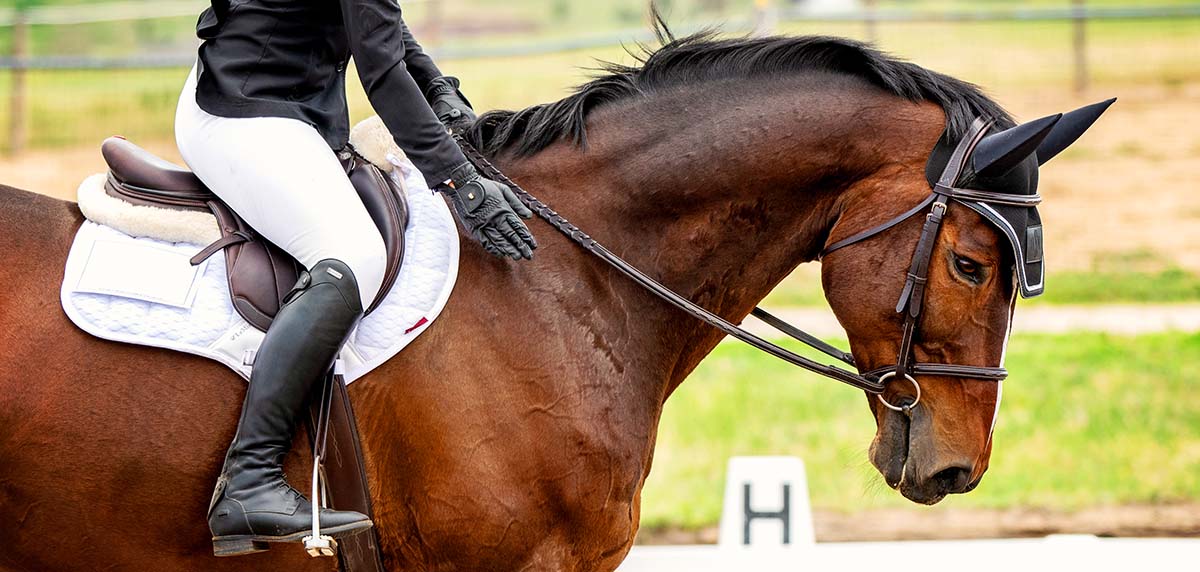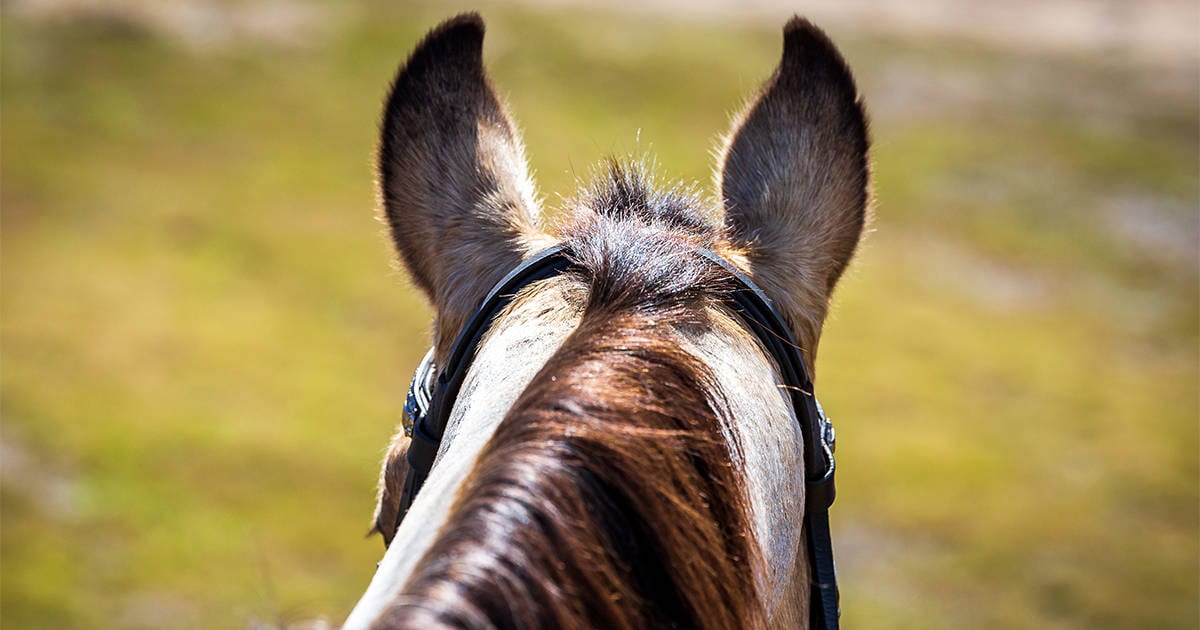California’s horseracing welfare reform. Racing resumed at Santa Anita Park last Friday, March 29, under rules which modernise the sport of horse racing and provide the strongest medication regulations in the United States. Approval for a complete revision of the medication rules, which were agreed upon by The Stronach Group, parent company of Santa Anita, and the Thoroughbred Owners of California (TOC), was passed last Thursday by the California Horse Racing Board (CHRB) at their monthly meeting.
Additionally, the CHRB unanimously voted to approve an amendment that limits a jockey’s padded whip use as a corrective safety measure only, modernising the outdated practice of striking horses to the finish line.
As is California regulation, the rule must go out for a 45-day public comment period before it can be enacted by the Board. Jockeys racing at Santa Anita on Friday did so under the current rules.
“[Thursday March 28] was a watershed moment. We extend our thanks to the California Horse Racing Board for their swift and decisive action to evolve the great sport of horse racing not just for today, but to grow it for future generations,” said Belinda Stronach, Chairman and President of The Stronach Group.
“We commend not only the CHRB and Chairman Chuck Winner, but all of our industry partners, including the TOC and the California Thoroughbred Trainers, for taking these unified steps to lead the nation for the health and safety of our equine and human athletes.
“TSG continues to be committed to the principles of safe horse racing and are proud to lead the way in California. We are looking forward to working with our stakeholders in other jurisdictions and expediting these reforms at our all of our racetracks to put the horses first.”
Click here to read an interview by Los Angeles Times with Belinda Stronach, courtesy of The Stronach Group.
Horses racing at the two tracks now do so with medication rules consistent with, or more restrictive than, the International Federation of Horse Racing Authorities (IFHA) standards, which are the world’s benchmark for equine safety and welfare.
This means that, in contrast to other North American racing jurisdictions, horses at Santa Anita will race with no race day medication with the exception of the diuretic Lasix, which will still be permitted, but at a maximum of 50% of the previous levels.
Additionally, all horses born in or after 2018 will race at Santa Anita and Golden Gate will do so with no race day medication, including Lasix.
This means all two-year-old horses starting in 2020 and after will be racing medication free.
Two weeks ago, Stronach published an Open Letter addressing the Future of Thoroughbred Racing in California calling for sweeping changes to modernize the sport and raise the standards of how racing and training is conducted.
In addition to today’s CHRB decisions, Santa Anita has implemented a number of enhanced protocols and procedures to help ensure racing and training safety and integrity. These include transparency of veterinary records, approval for workouts, and a commitment to purchase state-of-the-art diagnostic equipment to aid trainers and veterinarians in identifying pre-existing conditions before they become injuries. This also includes a continued commitment to engage independent racetrack surface experts to continually review both the dirt and turf courses for consistency, composition and compaction.
“Change is never easy,” said Tim Ritvo, COO of The Stronach Group. “There were a lot of people who came together in a very short period of time to make this happen. The horses are the one thing that unifies us all. We are looking forward to welcoming everyone back to Santa Anita tomorrow.”
DETAILS OF NEW RULES AND REFORMS
On Thursday, March 28, The California Horse Racing Board (CHRB) made history by unanimously approving monumental reforms to the sport ranging from overhauling medication policy to enacting a ban on the riding crop (with rare exceptions for the safety of the jockey).
These reforms were spearheaded by The Stronach Group with a singular goal — to raise the standard of horse racing in America, where today horses are five times more likely to have a catastrophic injury than at international venues.
Some of these new changes include:
Medications:
- Strictly limiting the use of legal therapeutic NSAIDS, joint injections, shockwave therapy, and anabolic steroids.
- Phase-out of Lasix, a diuretic medication given to 96% of all Thoroughbreds in the U.S. on race day. The maximum Lasix dosage will be halved effective immediately. Starting next year, two-year-old horses will no longer be allowed to race on Lasix. This will bring Santa Anita consistent with International standards that currently bans all race day medication.
- Requiring that horses in training are only allowed therapeutic medication with a qualified veterinary diagnosis.
- No therapeutic medications of treatments will be allowed without a qualified veterinary diagnosis from a state licensed veterinarian.
Innovative Diagnostic Technology:
- Investing significantly in diagnostic equipment to aid in the early detection of pre-existing conditions.
- Daily inspection of the main track and turf course while working with internationally renowned independent track surface experts to ensure the safest racing surfaces possible
Documentation:
- Ensuring complete transparency of all veterinary records.
Racing Day/Training Protocols:
- Increasing out-of-competition testing.
- Trainers must apply for permission to work a horse (a timed, high-speed training exercise) at least 48 hours in advance.
- Significant and strict Out-of-Competition Testing (OCT).
- Increasing the time required for horses to be on-site prior to a race.
- Limiting the use of whips, also known as riding crops, to matters of safety, such as avoiding a collision. Jockeys will not be able to use the whips to get their mounts to run faster.
The vote to limit whips will now undergo a 45-day review period and will have to go before the board again before it can become permanent regulation. TSG is committed to working in lockstep with the CHRB to accelerate the process and implement the new rules as soon as possible.
The chain of events at Santa Anita at a glance:
- Between the period 26th December 2018, when the winter meet begins, and 5th March 2019 when racing is cancelled, 21 horses were euthanised as a result of racing or training injuries. The area has experienced much heavier rains than other yeast, with over one foot of rain compared to an inch in the same period last year.
- February 25th 2017 Breeders’ Cup Dirt Mile winner, Battle of Midway is injured during racing and is later euthanised.
- March 5th horse number 21, Let’s Light the Way, is euthanised.
- March 5th, Santa Anita owners, The Stronach Group, cancel all racing and training to investigate the condition of the dirt tracks.
- March 13th, after tracks are cleared by experts, training resumes and racing is scheduled to re-start on March 22nd.
- March 15th, the 22nd horse, 3-year-old ‘Princess Lili B’ is euthanised after fracturing both forelegs during training.
- March 15th, The Stronach Group publish an Open Letter announcing they were ‘going alone’ outlining major reforms in medication and whip rules.
- March 16th, The Thoroughbred Owners of California (TOC) and The Stronach Group (TSG) reach an agreement on the issue of Lasix. Racing will resume at Santa Anita Friday Mar. 29, pending approval by the California Horse Racing Board (CHRB) on the new set of safety and welfare protocols.
- March 28th, the California Horse Racing Board votes unanimously on all welfare and safety protocols.
- March 29th, racing resumes at Santa Anita.
- EDITED (Apil 1st): March 31st, Arms Runner, the 23rd horse is euthanised after suffering a fracture during the Group 3 San Simeon Stakes. While the race was on turf, the fracture occurred on the dirt track crossing.
Horse deaths statistics:
- There are approx. 4000 Thoroughbreds in Southern California’s racing.
- 23 horses suffered fatal injuries at Santa Anita between 26th December and 1st April.
- 5 were on the turf during racing
- 7 were on the main dirt track during racing
- 9 ocurred during morning training
- 1 horse suffered a cardiac event.
- 1 during racing on the turf while crossing the dirt track
What happens next?
On April 17th, the CHRB will meet again and will discuss:
- the use of biphosphonates in racehorses
- regulation of permitted medications during workouts including a discussion on thresholds restrictions on medications permitted.
- Limiting antiinflammatory and corticosteroid medications further (to one),
- To implement mandatory record keeping by trainers (in addition to veterinarians) of all medications administered to racehorses and making those records available to CHRB representatives.
- To make mandatory necropsy reviews of all horse deaths. And mandate that all these records are kept in a digital format.
More information and resources:
Click here to hear for yourself the webcast of the CHRB meeting of the 28th March in its entirety.
Click here to read a balanced and complete report of the CHRB meeting of 28th March.
Click here to read the comments from some of the people present at the meeting.
Click here to read the numerous letters of support from horseracing industry leaders.
Click here to read an interview by Los Angeles Times with Belinda Stronach, courtesy of The Stronach Group.
Click here to read an interview with Democratic Congresswoman Judy Chu, an outspoken critic of the practices allowed in horse racing.
Click here to read a report on the lead up – includes valuable links and references.


















